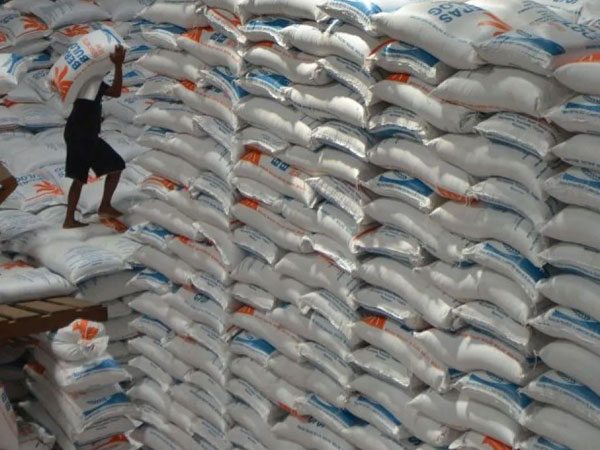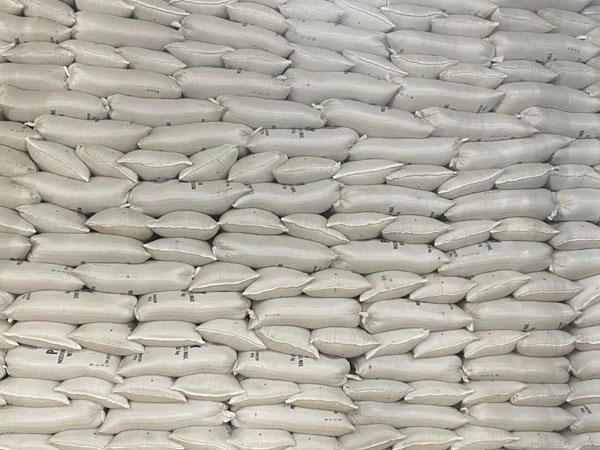AGRICULTURE Secretary Francisco Tiu Laurel Jr. on Tuesday said the country needed more rice processing systems (RPS), contrary to concerns that it may lead to overcapacity in the milling sector.
“More important than rated milling capacity is capacity utilization,” he pointed out, noting that millers should have at least a 63-percent utilization rate to break even. “Go below that, and you’re losing money.“
An ideal rate is 80 to 85 percent, Tiu Laurel said. “That’s where efficiency improves, costs go down, and all parties — millers, farmers, and consumers — benefit, provided other costs hold steady.”
The Department of Agriculture has been expanding large-scale RPS through the Philippine Center for Postharvest Development and Mechanization (PhilMech).
Since the enactment of the Rice Tariffication Law (RTL) in 2019 and the allocation of funds under the Rice Competitiveness Enhancement Fund (RCEF), PhilMech has put up 122 RPS with multistage mills and dryers.
With a total target of 151 RPS for phase 1 of the RCEF, another 29 units are expected to be completed by year-end.
PhilMech has also granted over 1,000 single-pass and village-type rice mills, as well as over 500 stand-alone recirculating dryers to small organizations in support of localized rice processing operations.
Tiu Laurel’s strategy is to prioritize smart and efficient mill usage, the DA said, adding that once optimal utilization of mills is achieved, the PhilMech can then redirect its investments to production-side equipment, such as tractors and seeders.
More RPS will help stabilize supply and prices, and protect farmers’ incomes, and support the milling and drying capacity of the National Food Authority, which was reduced after the implementation of the RTL, the DA said.














© Copyright 2025 The SSResource Media.
All rights reserved.